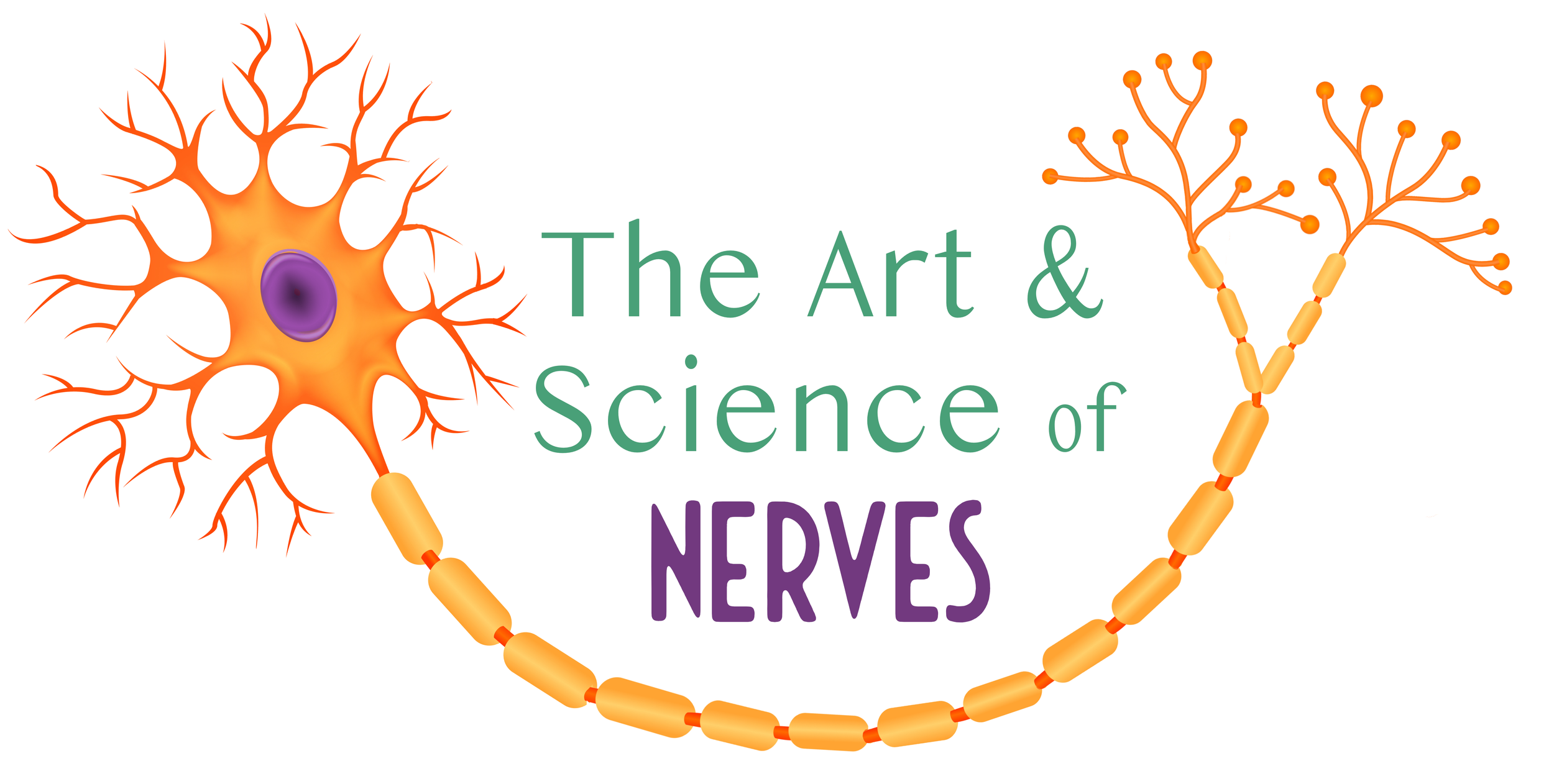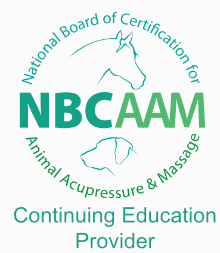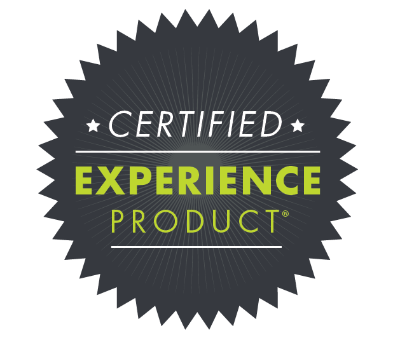When I first trained in animal massage, I was taught that there wasn’t much we could do for neurological conditions. I heard it so many times, I started repeating it to clients: Massage is great for muscles, but nerves? ...I can help with compensation. It was frustrating.
Then my own dog, Fergus, developed IVDD. Suddenly, that frustration turned personal. Medication, acupuncture, and rehab kept him going, but I hated the feeling of helplessness—of not being able to do something with my own hands.
So I started looking for answers.
But when I searched for nerve-focused bodywork techniques for animals, I found… nothing.
There were clues… The first time I tried a nerve-focused approach, it was with a dog named Brady. He had IVDD, and his back end dragged when he walked in. I avoided his spine (as I was taught), did some tentative nerve stimulation, and watched in real time as he walked out with a level topline and proper foot placement. That moment changed everything. I was on a mission.
It wasn’t that the science wasn’t there—human therapists had entire courses on nerve mobilization, neurovascular work, and nerve stimulation. So I took those courses. I studied how nerves move, how they get trapped, and how freeing them up can create massive functional improvements. And then, I got to work figuring out how to apply those concepts to animals.
The results? Better than I expected.
Now, over 90% of the neurological cases I see—dogs with IVDD, geriatric onset laryngeal paralysis, post-surgical weakness, and more—show improvements in function using these techniques. Even stubborn musculoskeletal issues shift when I address the nerves.
And the best part? This approach isn’t just another “tool in the toolbox.” It’s a missing piece in animal bodywork.
Paired with veterinary care, physical therapy, and other modalities, it helps create more complete, long-term care plans for animals who need it most. Better outcomes and happier lives for animals means they keep rebooking (for me, many dogs stay with me for life!), you get more referrals, you can be more confident in your marketing- all of which mean increased income for you.
If you’ve ever felt stuck, wishing you had more to offer animals with neurological challenges, you’re not alone. And the good news? There’s more we can do than we were taught.








